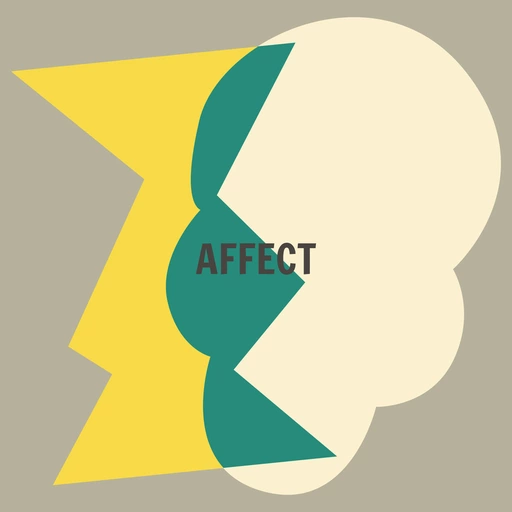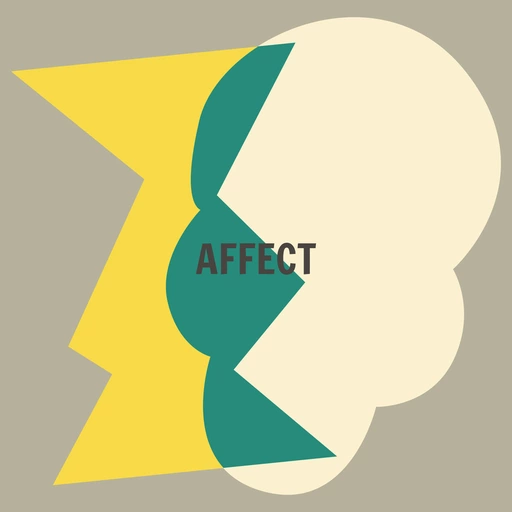This quotation places affect in the context of an ideal of personhood that favours sovereignty, autonomy, individuality, the rule of mind over body and thought over emotion. New critical theories of affect have developed approaches to personhood that center intersubjectivity, relationality, and porous vulnerability.
Explore and discuss your own approach to (your) personhood in a class discussion. What do you believe constitutes a “person”?
Can you find examples of how your beliefs and ideals about personhood affect your choices? Would you say that the way you regard yourself is more in line with a model of personhood that favours sovereignty, or with a model of personhood that centers intersubjectivity? And what is better, or more true, and why?





